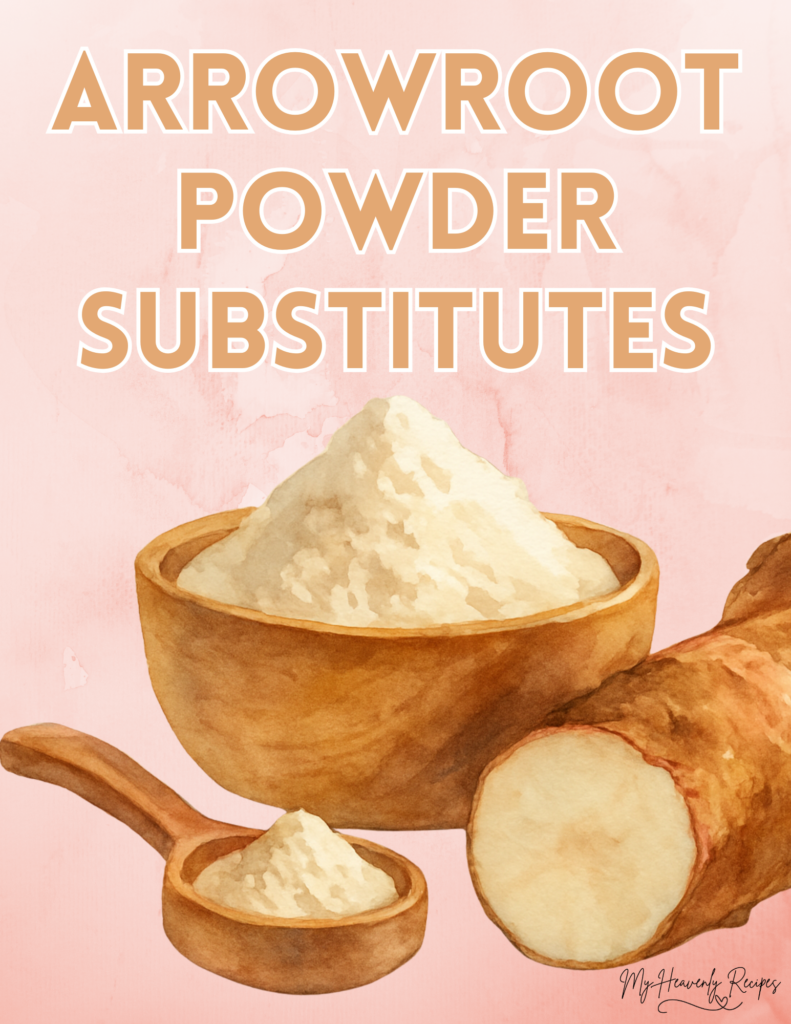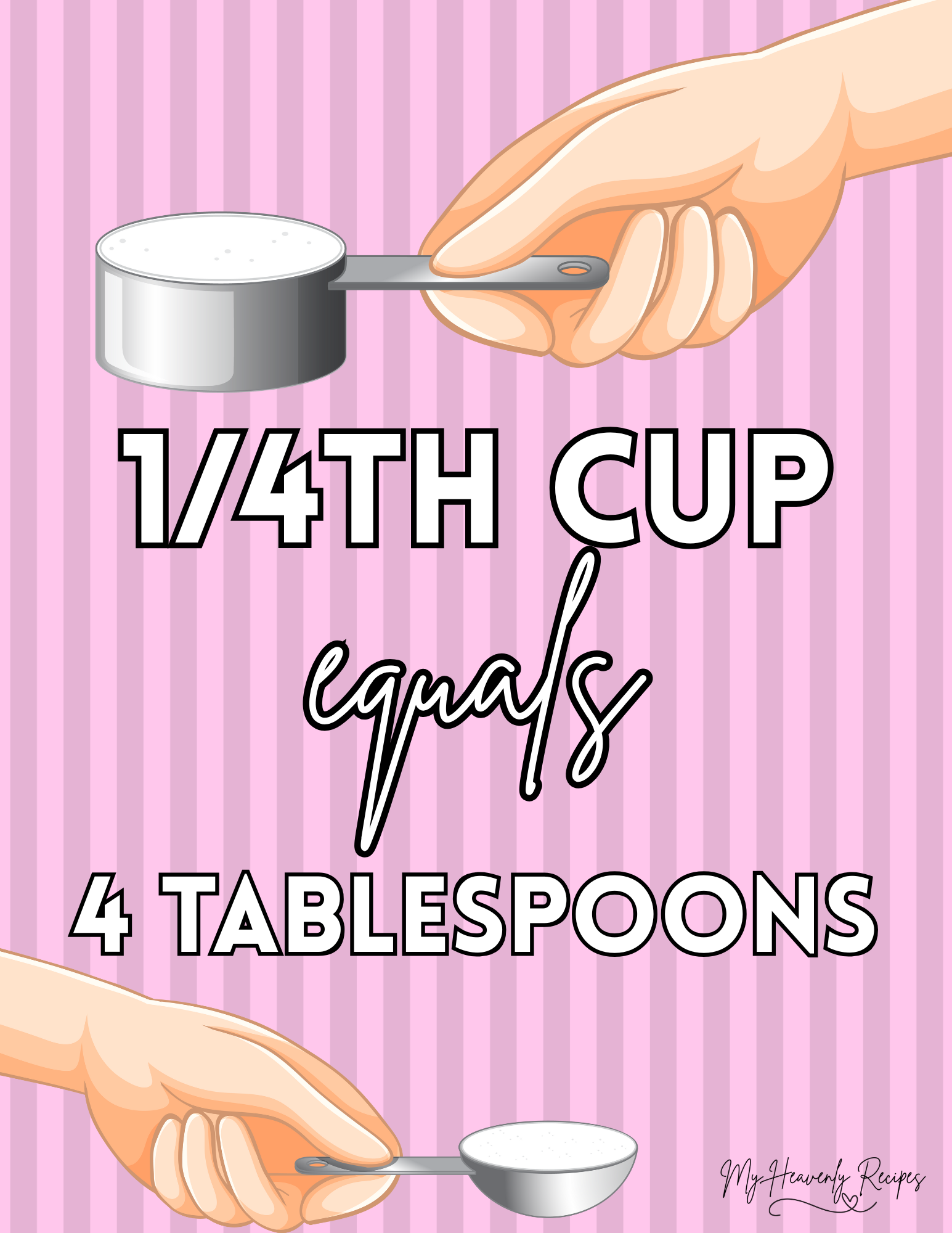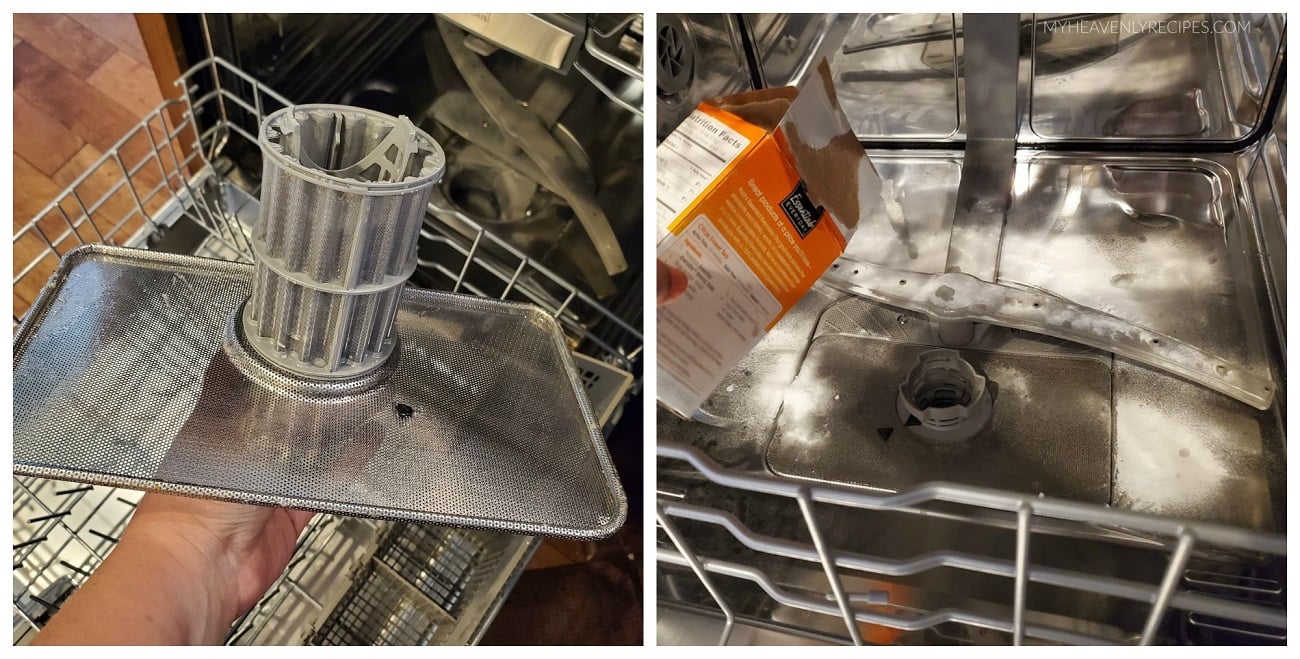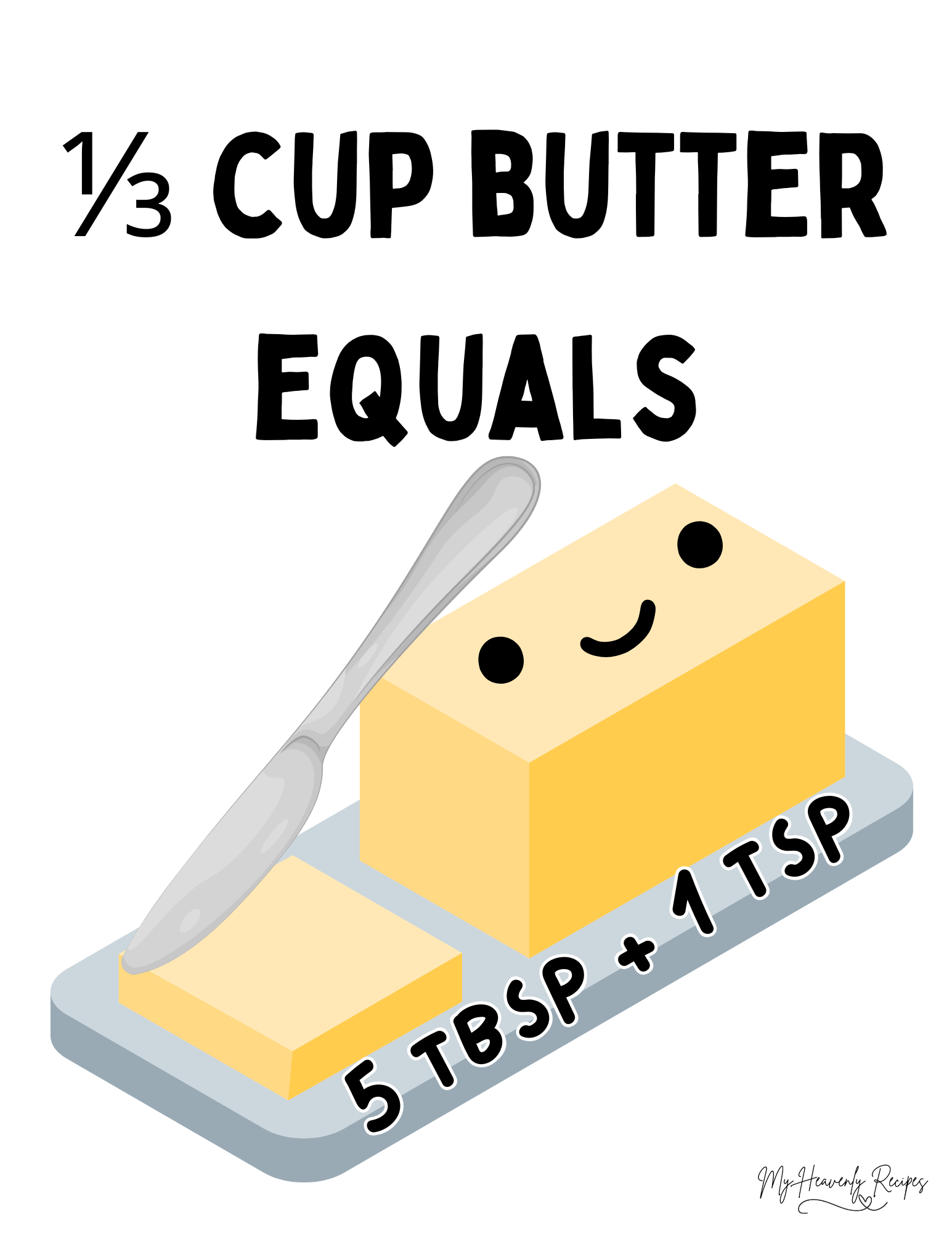Arrowroot Powder Substitute
Best Arrowroot Powder Substitutes
If you’ve ever been mid-recipe and realized you’re out of arrowroot powder, don’t panic. It happens to all of us—especially when you only need a tablespoon or two and suddenly the jar’s empty. The good news? There are several easy alternatives you probably already have in your pantry.
Arrowroot powder (also called arrowroot starch or flour) is a natural, gluten-free thickener used in everything from soups and sauces to puddings and baked goods. It’s loved for creating that smooth, glossy finish and for being gentle on digestion.
Let’s break down what arrowroot powder does, how to use it, and what you can swap in when it’s missing from your shelf.

What Is Arrowroot Powder?
Arrowroot powder is a fine, white, flavorless starch made from the root of the arrowroot plant. It thickens liquids without adding taste, making it ideal for fruit glazes, sauces, and pie fillings.
It’s also gluten-free, grain-free, and paleo-friendly—so you’ll often see it in healthy or allergen-free recipes. The magic of arrowroot is that it thickens at a lower temperature than cornstarch and stays clear (not cloudy), which is why it’s so popular for glossy sauces and desserts.
The Short Answer
If you’re out of arrowroot powder, the best substitutes are:
- Cornstarch
- Tapioca starch
- Potato starch
- Rice flour
- All-purpose flour (in a pinch)
Each substitute behaves a little differently, so it’s important to know how to adjust the ratios and when to use which one.
Quick Comparison Chart: Arrowroot Powder Substitutes
| Substitute | Use This Much Instead of 1 Tbsp Arrowroot | Best For | Notes |
|---|---|---|---|
| Cornstarch | 1 Tbsp cornstarch | Sauces, soups, gravies | Thickens quickly, slightly cloudy finish |
| Tapioca starch | 2 Tbsp tapioca starch | Desserts, fruit fillings, puddings | Glossy texture, similar to arrowroot |
| Potato starch | 1 Tbsp potato starch | Soups, sauces, baked goods | Very similar thickening power |
| Rice flour | 2 Tbsp rice flour | Soups, stir-fries, Asian recipes | Mild flavor, good gluten-free choice |
| All-purpose flour | 2 Tbsp all-purpose flour | Gravies, baked dishes, casseroles | Not gluten-free, slightly heavier texture |
How Each Substitute Works
Let’s go a bit deeper so you know exactly what to expect from each option.
1. Cornstarch
Cornstarch is the most common substitute for arrowroot powder. It thickens sauces, soups, and desserts beautifully.
Use equal amounts—1 tablespoon of cornstarch for every 1 tablespoon of arrowroot powder.
Just remember:
- Cornstarch makes sauces slightly cloudy (arrowroot stays clear).
- It loses its thickening power if overcooked or reheated too often.
- Avoid using it in acidic dishes (like lemon curd) because it can break down.
Best for: gravies, custards, puddings, and savory sauces.
2. Tapioca Starch (or Flour)
Tapioca starch comes from cassava root and behaves almost exactly like arrowroot. It gives a glossy finish and thickens at low temperatures.
Use 2 tablespoons of tapioca starch for every 1 tablespoon of arrowroot powder.
Best for: fruit fillings, desserts, glazes, and anything you want shiny and smooth.
Tip: Don’t boil tapioca starch for too long—it can become gummy.
3. Potato Starch
Another gluten-free favorite, potato starch thickens at low temperatures and produces a silky texture.
Use 1 tablespoon potato starch for every 1 tablespoon of arrowroot powder.
Best for: sauces, soups, and baked goods.
Note: Add it toward the end of cooking; high heat can break it down and thin the sauce.
4. Rice Flour
Rice flour is a mild, gluten-free option that works well in soups and stir-fry sauces. It’s not quite as smooth as arrowroot but still a solid choice.
Use 2 tablespoons rice flour for every 1 tablespoon arrowroot powder.
Best for: soups, Asian-inspired sauces, and light gravies.
5. All-Purpose Flour
If you don’t need a gluten-free option, all-purpose flour can save the day. It thickens well but doesn’t produce the same light, glossy texture as arrowroot.
Use 2 tablespoons flour for every 1 tablespoon arrowroot powder.
Best for: casseroles, savory sauces, or gravies.
Tip: To avoid a raw flour taste, cook it for a few minutes before adding liquid—like you would for a roux.
Tips for Substituting Arrowroot Powder
- Make a slurry first. Mix the starch (whatever you’re using) with a small amount of cold water before adding it to a hot liquid. This prevents clumping.
- Avoid overcooking. Most starches break down if you boil them too long—especially arrowroot and tapioca.
- Add near the end. Stir in your thickener during the last few minutes of cooking for the best consistency.
- Watch for reheating. Arrowroot and cornstarch both lose their thickening ability if reheated too many times, so it’s best to add them fresh when serving.
FAQs:
Q: What’s the best gluten-free substitute for arrowroot powder?
A: Tapioca starch is the best gluten-free swap because it thickens and behaves almost identically to arrowroot. Potato starch is a close second.
Q: Can I use cornstarch instead of arrowroot powder in baking?
A: Yes, but keep in mind that cornstarch gives a slightly heavier texture. Arrowroot tends to make baked goods lighter and crispier. For cookies or crusts, it’s usually fine.
Q: Can I substitute arrowroot powder 1:1 with flour?
A: Not exactly. You’ll need about twice as much flour as arrowroot powder since flour isn’t as strong a thickener.
Q: Does arrowroot powder taste like anything?
A: Nope! Arrowroot is completely neutral in flavor. That’s one reason people love it—it thickens without altering the taste.
Q: Is arrowroot powder the same as cornstarch?
A: They’re similar but not the same. Both are starch-based thickeners, but arrowroot is grain-free and has a clearer, silkier finish. Cornstarch comes from corn and can get cloudy or chalky in some recipes.
Q: Can I use arrowroot powder for frying or coating foods?
A: Absolutely! It makes a light, crispy coating for meats and veggies. Tapioca starch works well for this too if you’re out of arrowroot.






